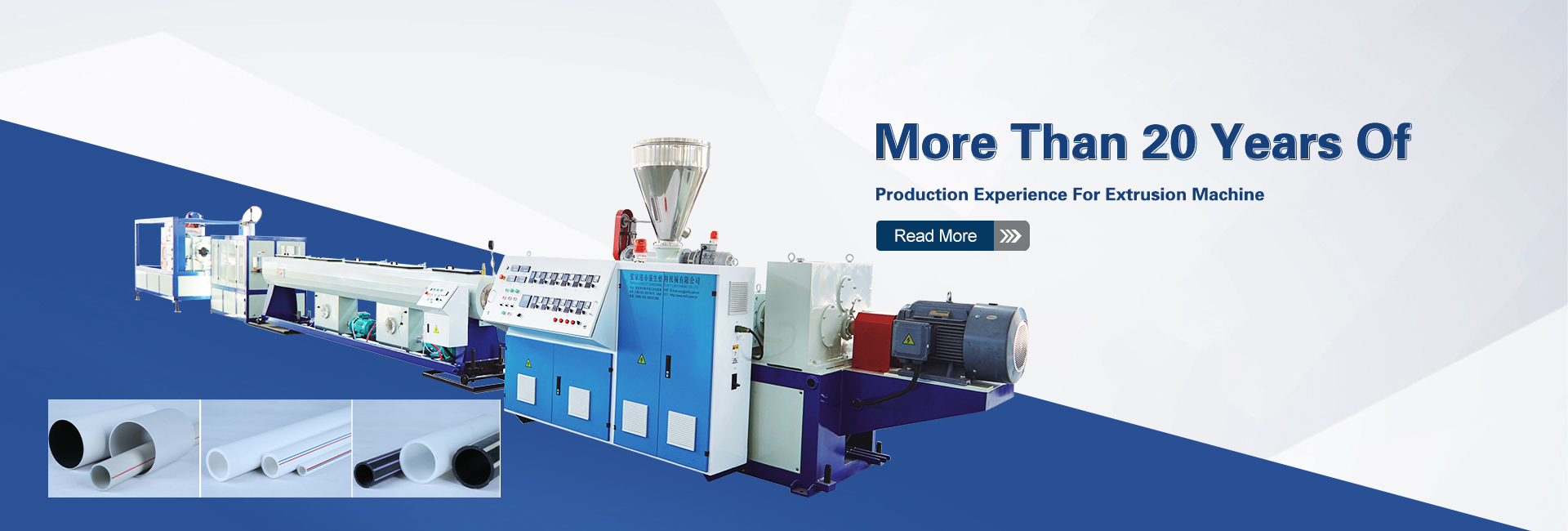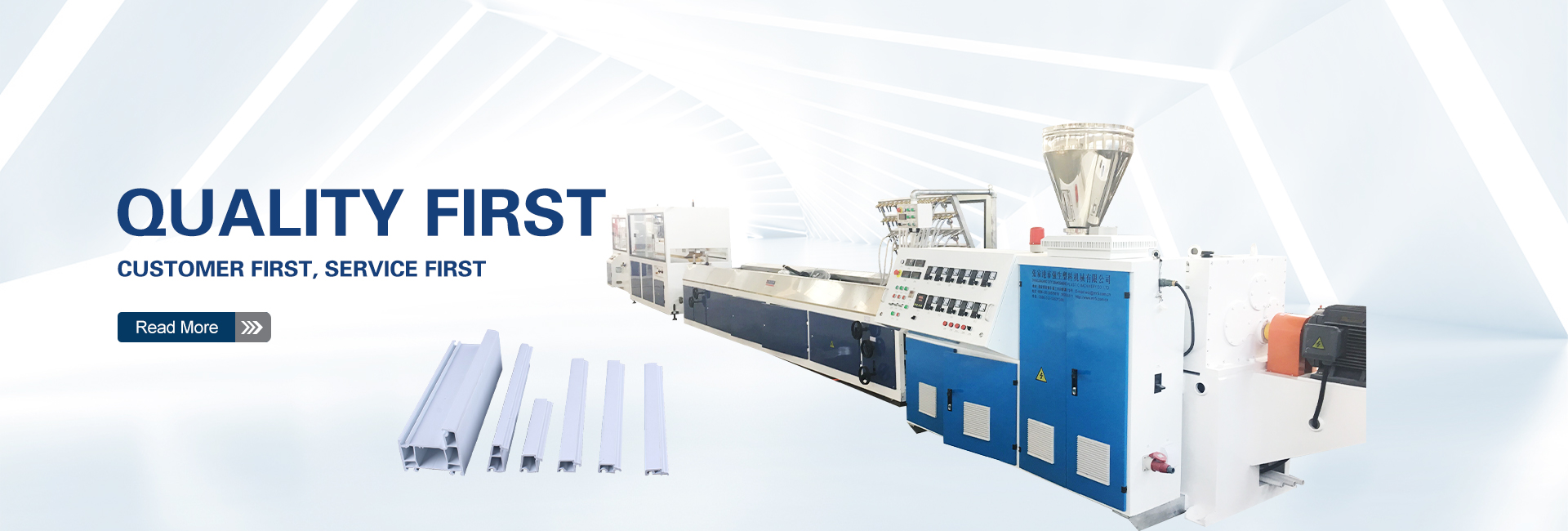Plastic extrusion, a cornerstone of modern manufacturing, plays a vital role in the construction industry. This process continuously shapes molten plastic into specific profiles, offering a lightweight, cost-effective, and versatile solution for various building components. Let’s delve into the technical aspects of plastic extrusion relevant to construction applications.
Understanding the Plastic Extrusion Line
A plastic extrusion line consists of several key components working in unison:
- Extruder: The heart of the system, the extruder houses a screw conveyor that melts and pressurizes plastic pellets. The screw design and temperature settings are crucial for optimal material flow and product quality.
- Die: This shaped mold determines the final profile of the extruded plastic. Dies can be complex, creating intricate shapes for specific applications.
- Calibration Devices: As the hot extrudate exits the die, it may swell slightly. Calibration devices ensure the profile maintains its desired dimensions through a controlled cooling process.
- Preheating Devices: For specific materials or profile thicknesses, preheating devices ensure uniform material temperature before entering the die. This optimizes product quality and reduces inconsistencies.
- Cooling Devices: The extruded profile needs to solidify to retain its shape. Cooling devices, such as water baths or air knives, rapidly cool the plastic as it exits the die. The cooling process needs to be precisely controlled to avoid warping or cracking.
- Haul-off Unit: This unit pulls the extruded profile at a constant speed through the line, maintaining tension and ensuring dimensional accuracy.
- Cutting Unit: The profile is then cut to the desired length using saws or other cutting mechanisms. Depending on the application, the cutting unit might integrate with downstream processes like stacking or coiling.
Material Selection for Construction Applications
The choice of plastic resin for extrusion depends on the specific application and desired properties:
- PVC (Polyvinyl Chloride): A cost-effective and widely used material for pipes, window profiles, and siding due to its good balance of strength, rigidity, and weather resistance.
- HDPE (High-Density Polyethylene): Known for its exceptional strength and durability, HDPE is ideal for pipes, tanks, and applications requiring high impact resistance, such as underground drainage systems.
- PP (Polypropylene): A lightweight and chemical-resistant material, PP finds use in applications like damp-proof membranes, interior building components, and even some piping systems.
- ABS (Acrylonitrile Butadiene Styrene): Offering a good balance of strength, rigidity, and impact resistance, ABS is used for pipes, drainage systems, and some non-structural building components.
Optimizing the Process: Extruder Maintenance for Consistent Quality
Regular maintenance of the extrusion line is paramount for consistent product quality and efficient operation. Key maintenance practices include:
- Screw Cleaning: Regular cleaning of the extruder screw removes any residual plastic material that can degrade or contaminate future extrusions.
- Barrel Maintenance: The extruder barrel requires periodic inspection and cleaning to ensure proper heat distribution and prevent material buildup.
- Die Maintenance: Die cleaning is crucial to maintain dimensional accuracy and surface finish of the extruded profile. Regular inspection for wear and tear is also essential.
- Calibration System Upkeep: Calibration devices need to be functioning correctly to ensure consistent profile dimensions. This may involve cleaning sensors and calibrating control systems.
Conclusion: The Future of Plastic Extrusion in Construction
Plastic extrusion technology is constantly evolving, offering new possibilities for the construction industry. Here are some exciting trends to watch:
- Composite Profiles: Combining plastic with reinforcing materials like fiberglass or wood fibers can create even stronger profiles suitable for structural applications.
- Advanced Material Science: Developments in fire-retardant additives and bio-based polymers can further enhance the safety and sustainability of plastic components in construction.
- Integration with Automation: The construction industry is embracing automation, and plastic extrusion lines are becoming increasingly sophisticated. Integration with robotics and automated material handling systems can streamline production and improve efficiency.
By understanding the technical aspects of plastic extrusion, construction professionals can leverage this versatile technology to its full potential. From optimizing material selection to ensuring proper line maintenance, a focus on technical expertise will contribute to high-quality, cost-effective, and sustainable building practices.
Post time: Jun-07-2024



